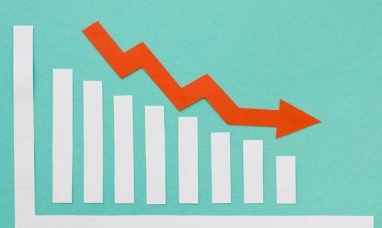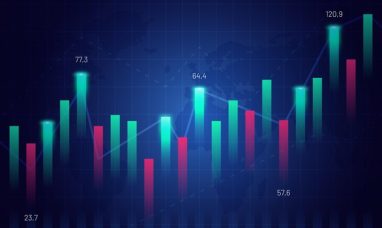Recent inflation data has added a new layer of confidence that the Federal Reserve rate cuts are on the horizon.
Federal Reserve Chairman Jerome Powell expressed optimism that the current economic indicators support a more dovish monetary policy stance. This article explores the implications of the latest inflation figures and the potential impact on the Federal Reserve’s rate cut decisions.
Inflation Data Provides a Positive Signal
The latest inflation data indicates that price increases are beginning to moderate, providing a positive signal for the Federal Reserve. The Consumer Price Index (CPI) rose by just 0.1% in June, a significant slowdown compared to previous months. This deceleration suggests that the inflationary pressures that have plagued the economy over the past year may be easing.
Chairman Powell noted that the recent data is encouraging and aligns with the Federal Reserve’s goals of achieving stable prices and maximum employment. He emphasized that while inflation remains above the Fed’s 2% target, the downward trend in price increases is a step in the right direction.
Economic Outlook and Federal Reserve Rate Cuts
The moderation in inflation has bolstered expectations that the Federal Reserve may soon implement rate cuts to support economic growth. Lower interest rates can stimulate borrowing and spending, providing a boost to the economy. Powell highlighted that the Fed is closely monitoring economic data and is prepared to adjust its policy as needed to sustain the recovery.
Market analysts have already started factoring in the possibility of Federal Reserve rate cuts. The bond market has reacted positively, with yields on long-term government bonds declining in anticipation of lower interest rates. This market sentiment reflects growing confidence that the Fed will take action to support the economy.
Implications for Businesses and Consumers
Potential Federal Reserve rate cuts could have significant implications for businesses and consumers. Lower interest rates would reduce borrowing costs for companies, encouraging investment in new projects and expansion. This could lead to job creation and increased economic activity, further supporting the recovery.
For consumers, lower interest rates would translate into reduced costs for mortgages, car loans, and credit card debt. This could increase disposable income and boost consumer spending, which is a critical driver of economic growth. The housing market, in particular, could see a surge in activity as lower mortgage rates make homeownership more affordable.
Challenges and Considerations
While the prospect of Federal Reserve rate cuts is welcome news for many, there are also challenges and considerations to keep in mind. One key concern is that lowering interest rates too quickly could reignite inflationary pressures. The Fed will need to strike a delicate balance between supporting economic growth and keeping inflation in check.
Additionally, the global economic environment remains uncertain, with ongoing trade tensions and geopolitical risks. These factors could impact the U.S. economy and complicate the Federal Reserve’s decision-making process. Powell emphasized the importance of being data-driven and responsive to changing economic conditions.
Conclusion
The recent inflation data has provided a boost of confidence that the Federal Reserve may soon implement rate cuts. This development is seen as a positive step towards supporting economic growth and stability. Lower interest rates could benefit businesses and consumers, leading to increased investment, job creation, and consumer spending.
However, the Federal Reserve will need to carefully navigate the challenges and uncertainties ahead. The goal will be to sustain the economic recovery while avoiding a resurgence in inflation. As the Fed continues to monitor economic data and adjust its policy accordingly, the coming months will be critical in shaping the future trajectory of the U.S. economy.
The potential Federal Reserve rate cuts highlight the importance of staying informed about economic developments and their implications. Investors, businesses, and consumers alike will be closely watching the Fed’s actions and their impact on the broader economy.
Featured Image: Freepik







